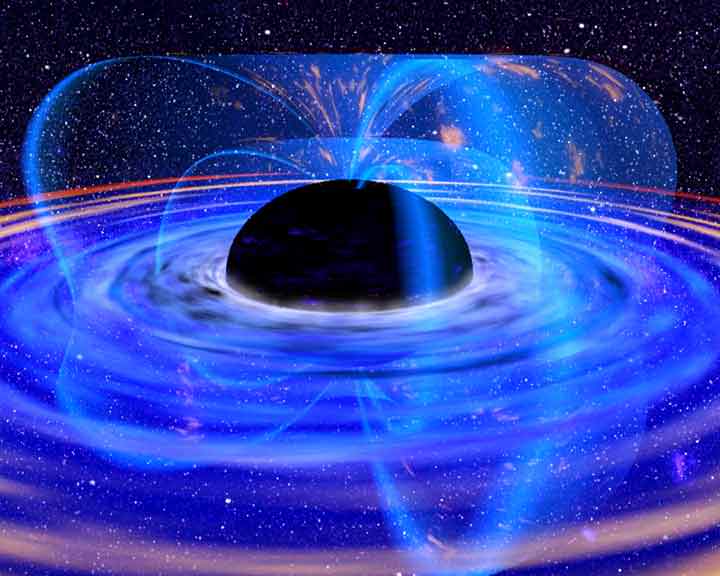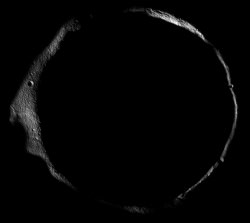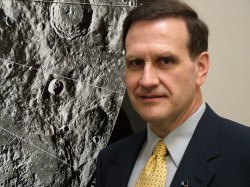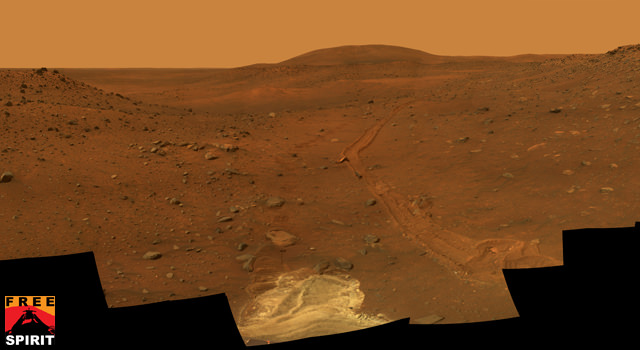Greetings, fellow SkyWatchers! Now that the Moon is backing off the early evening skies, it’s time to enjoy some more elusive targets – like ones that are gone in the “blink” of an eye, or “veiled” in mystery… While you might think all of these are telescope-only domain, if you’ve got dark skies and eyes, you might be surprised! Why not take some time this weekend to get out your telescopes or binoculars and have some fun? There’s some tasty summer treats waiting on you, and I’ll see you in the backyard…
 Friday, September 11, 2009 – Today we celebrate the birthday of Sir James Jeans. Born in 1877 on this date, English-born Jeans was an astronomical theoretician. At the beginning of the twentieth century, Jeans worked out the fundamentals of the process of gravitational collapse. This was an important contribution to the understanding of the formation of solar systems, stars, and galaxies.
Friday, September 11, 2009 – Today we celebrate the birthday of Sir James Jeans. Born in 1877 on this date, English-born Jeans was an astronomical theoretician. At the beginning of the twentieth century, Jeans worked out the fundamentals of the process of gravitational collapse. This was an important contribution to the understanding of the formation of solar systems, stars, and galaxies.
While we are studying some of the summer’s finest objects, we’d be remiss if we didn’t look at another cosmic curiosity—the ‘‘Blinking Planetary.’’ Located a couple of degrees east of visible star Theta Cygni, and in the same lower power field as 16 Cygni (RA 19 44 48 Dec +50 31 30), it is formally known as NGC 6826.
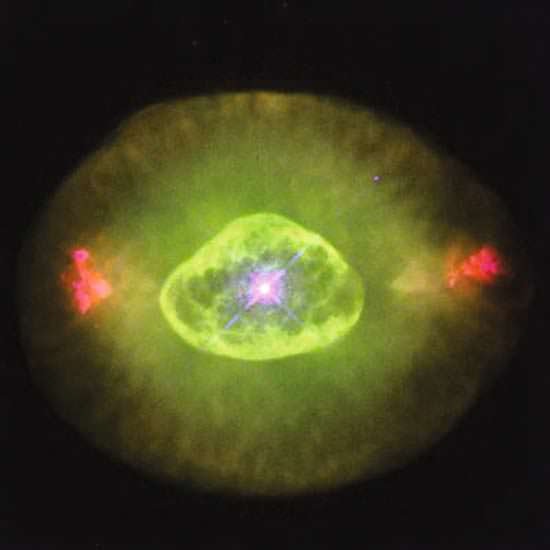
Viewable in even small telescopes at mid-to-high power, you’ll learn very quickly how its name came about. When you look directly at it, you can only see the central 9th magnitude star. Now, look away. Focus your attention on visual double 16 Cygni. See that? When you avert, the nebula itself is visible. This is actually a trick of the eye. The central portion of our vision is more sensitive to detail and will only see the central star. At the edge of our vision, we are more likely to see dim light, and the planetary nebula appears. Located around 2,000 light-years from our Solar System, it doesn’t matter if the Blinking Planetary is a trick of the eye or not. . .because it’s cool! Also known as Herschel IV.73 and Caldwell object 16, this tiny planetary shows an abundance of carbon and dust pockets in its structure. It skyrocketed to fame when viewed by the Hubble Space Telescope (HST), which revealed the mysterious red ‘‘FLIERS,’’ whose bow shocks point toward this planetary nebula instead of away
from it!
Saturday, September 12, 2009 – Today we note two births: Arthur von Auwers (1838), who calculated stellar distances; and Guillaume Le Gentil (1725), who was a frustrated Venus transit observer! Tonight, do your best not to be frustrated as we encourage those with larger binoculars and telescopes to head for a dark sky location. We are going on a quest… the quest for the holy ‘‘Veil.’’
By no means is the Veil Nebula Complex an easy one. The brightest portion, NGC 6992 (RA 20 56 20 Dec +31 41 48), can be spotted in large binoculars, and you can find it just slightly south of a central point between Epsilon and Zeta Cygni. NGC 6992 is much better in a 6″ scope, however, and low power is essential to see the long ghostly filaments that span more than a degree of sky.
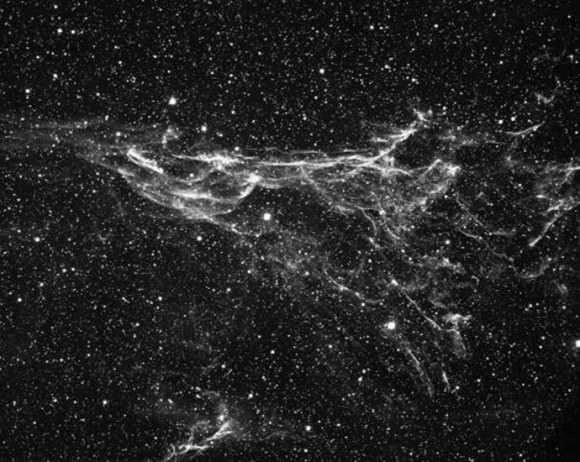
About 2.5 degrees west-southwest, and incorporating star 52, is another long narrow ribbon of what may be classified as a supernova remnant. When aperture reaches the 12? range, so does the true breadth of this fascinating complex. It is possible to trace these long filaments across several fields of view. They sometimes dim and at other times widen, but like watching a surreal solar flare, you will not be able to tear your eyes away from this area. Another undesignated area lies between the two NGCs, and the whole 1,500-light-year-distant area spans over 2.5 degrees. Sometimes known as the Cygnus Loop, it’s definitely one of late summer’s finest objects.
Sunday, September 13, 2009 – Your first challenge for this morning is to check out the last quarter Moon and look for Mars nearly touching it!
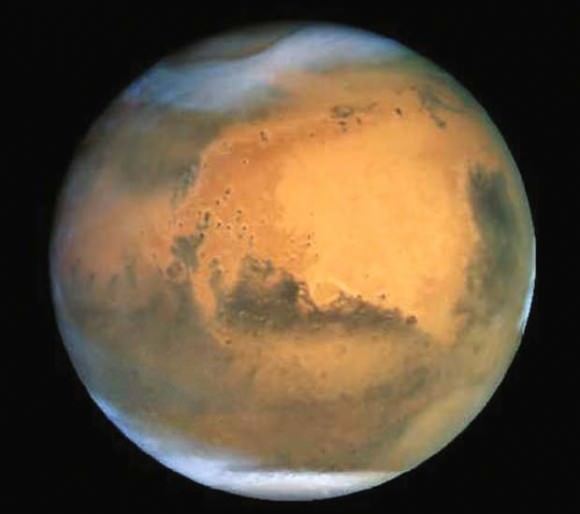
On this date in 1922, the highest air temperature ever recorded at the surface of Earth occurred. The measurement was taken in Libya and burned in at a blistering 136F (58C), but did you know that the temperatures in the sunlight on the Moon are double that? If you think the surface of the Moon is a bit too warm for comfort, then know surface temperatures on Mars average only about 80F (27C) during the day!
Tonight, let’s take the time to hunt down an often overlooked globular cluster—M56. Located roughly midway between Beta Cygni and Gamma Lyrae (RA 19 15 35.50 Dec +30 11 04.2), this Class X globular was discovered by Charles Messier in 1779 on the same night he discovered a comet and was later resolved by Herschel.
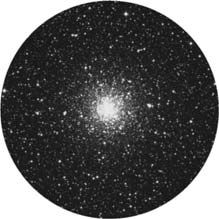 At magnitude 8 and small in size, it’s a tough call for a beginner with binoculars but is a very fine telescopic object. With a general distance of 33,000 light-years, this globular resolves well with larger scopes but doesn’t show as much more than a faint, round area with small aperture. However, the beauty of the chains of stars in the field makes it quite worth the visit! While you’re there, look carefully: M56 is one of the very few objects for which the photometry of its variable stars was studied strictly with amateur telescopes. Although one bright variable had been known previously, up to a dozen more have recently been discovered. Of those, six had their variability periods determined using CCD photography and telescopes just like yours!
At magnitude 8 and small in size, it’s a tough call for a beginner with binoculars but is a very fine telescopic object. With a general distance of 33,000 light-years, this globular resolves well with larger scopes but doesn’t show as much more than a faint, round area with small aperture. However, the beauty of the chains of stars in the field makes it quite worth the visit! While you’re there, look carefully: M56 is one of the very few objects for which the photometry of its variable stars was studied strictly with amateur telescopes. Although one bright variable had been known previously, up to a dozen more have recently been discovered. Of those, six had their variability periods determined using CCD photography and telescopes just like yours!
Until next week? Enjoy!
This week’s awesome images are (in order of appearance): Sir James Jeans (widely used public image), NGC 6826: the Blinking Planetary (credit—Hubble Space Telescope/NASA), The Veil Nebula (credit—NOAO/AURA/NSF), Mars (credit—NASA) and M56 (credit—Palomar Observatory, courtesy of Caltech). We thank you so much!








